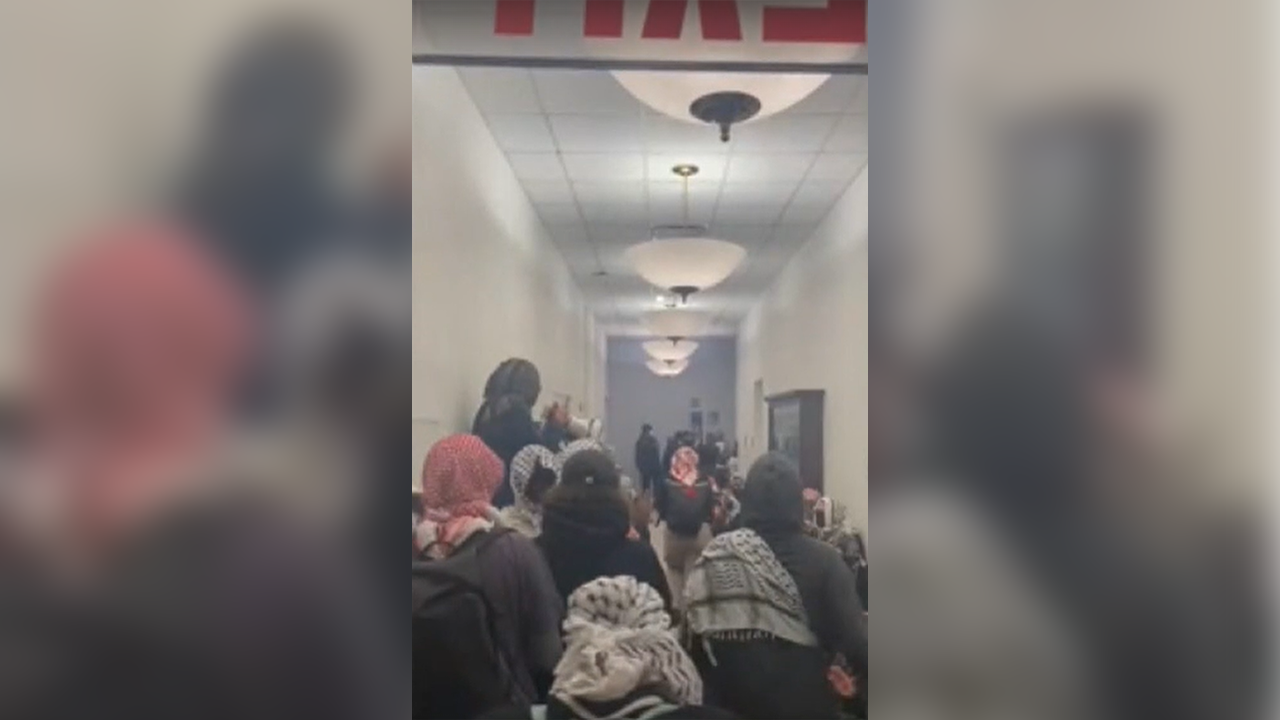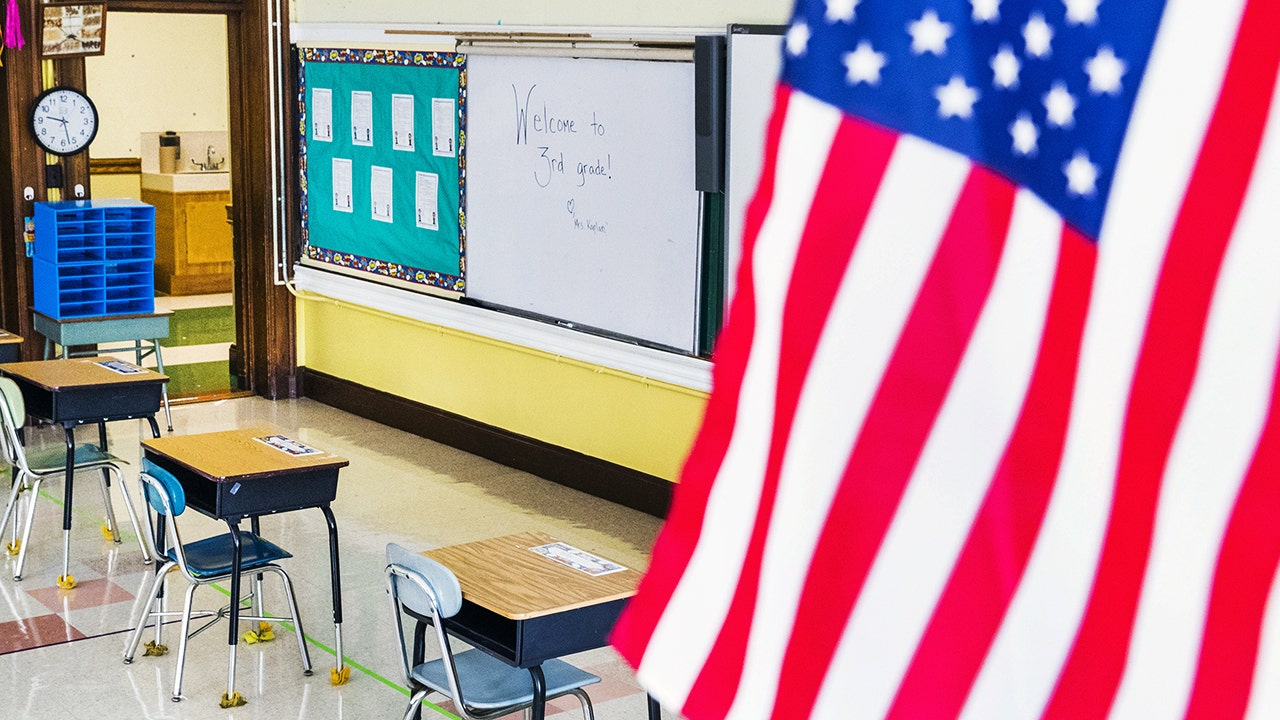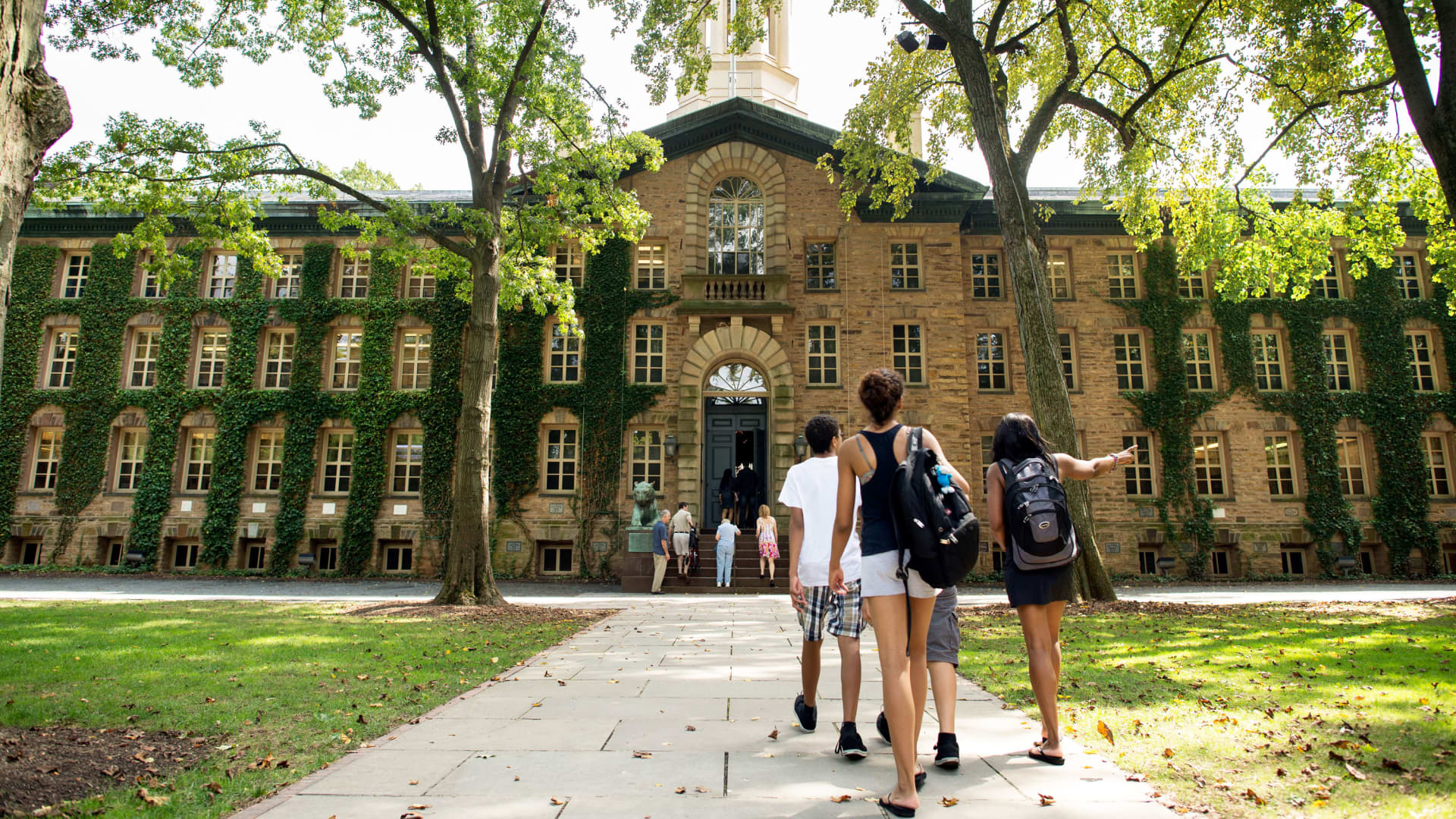Unrest at Barnard College: Allegations of Assault Amidst Anti-Israel Protests
Recently, tensions have reached a boiling point at Barnard College, a prestigious women’s institution in New York City, as anti-Israel protests culminated in allegations of assault against an employee during a controversial building takeover. This incident has not only raised critical questions about campus safety but also about the boundaries of free expression within academic environments. As such, it is essential to delve into the details surrounding this unrest, the implications for the Barnard community, and broader discussions about the intersection of protest and safety on college campuses.
Understanding the Context of the Protests
The recent protests at Barnard College are part of a larger wave of activism pertaining to the Israeli-Palestinian conflict. Many students and faculty members have expressed strong opinions regarding the situation in the Middle East, particularly as it relates to human rights and social justice. Proponents of the protests argue that they are exercising their right to free speech and advocating for vulnerable populations.
However, the atmosphere has become increasingly charged, leading some to question whether the protests have crossed a line into aggression. The specific incident that sparked outrage involved a group of protesters who took over a campus building, reportedly clashing with college staff members. Allegations surfaced that during this takeover, an employee was assaulted, leading to heightened concerns about the safety of individuals on campus.
The Incident: What Happened During the Takeover?
On the day of the takeover, a group of students organized a demonstration that aimed to draw attention to their cause regarding Israel and Palestine. The situation escalated when a number of protesters entered a college building, demanding that the administration take a stand on their demands. Eyewitness accounts suggest that tensions flared when a college employee attempted to intervene, leading to a physical altercation.
- Protesters’ Perspective: Many involved in the demonstration viewed their actions as a necessary means to an end, emphasizing the urgency of their message and the need for institutional support.
- Employee’s Perspective: The assaulted employee reported feeling threatened and physically harmed, raising concerns about personal safety in the context of such protests.
This incident is not an isolated occurrence; it reflects a growing trend of heightened activism on college campuses, often resulting in confrontations that raise critical questions about the limits of free speech and the responsibilities of institutions to maintain safety.
Campus Safety: A Growing Concern
The unrest at Barnard College highlights a broader issue that many educational institutions are grappling with: how to balance freedom of expression with the need for a safe and supportive learning environment. As protests become more frequent and intense, college administrations are faced with the challenge of ensuring that all voices can be heard while also protecting the welfare of their students and staff.
Some key considerations include:
- Security Measures: Colleges may need to reassess their security protocols during protests to prevent incidents from escalating into violence.
- Training for Staff: Providing training for faculty and staff on how to handle confrontational situations could be invaluable in preventing physical altercations.
- Dialogue and Mediation: Establishing channels for open dialogue between protest organizers and administration can help address grievances without resorting to confrontation.
Free Expression vs. Aggression: Where’s the Line?
One of the most pressing questions emerging from the unrest at Barnard College is: where do we draw the line between free expression and aggressive behavior? The First Amendment protects individuals’ rights to express their views, but when that expression leads to violence or the intimidation of others, it complicates the conversation.
Legal experts often point out that while free speech is a fundamental right, it does not protect individuals from the consequences of their actions, especially when those actions infringe upon the rights and safety of others. Educational institutions must navigate these complexities carefully, fostering an environment where constructive dialogue can occur without fear of harm.
Responses from the Barnard Community
In the aftermath of the incident, various stakeholders within the Barnard community have begun to voice their opinions. Students, faculty, and alumni are expressing mixed feelings, with some supporting the protesters’ right to demonstrate while others are advocating for a more peaceful approach to activism. Social media has also played a significant role in shaping public perception of the event, with both sides taking to platforms like Twitter and Instagram to share their views.
- Support for Protesters: Many students have rallied around the idea that the protests are a crucial method of bringing awareness to important issues, arguing that the employee’s alleged assault should not overshadow the message.
- Calls for Accountability: Conversely, others are calling for accountability from those involved in the protest, emphasizing that violence should never be tolerated, regardless of the cause.
Moving Forward: A Balanced Approach to Activism
As the Barnard College community grapples with the fallout from the incident, it is clear that a balanced approach to activism is needed. Educational institutions must prioritize the safety of all individuals while fostering an environment where diverse opinions can coexist. Here are some strategies that could be beneficial:
- Promote Peaceful Protest: Encouraging non-violent forms of protest can help ensure that the message is delivered without infringing on the rights of others.
- Facilitate Discussions: Organizing forums for open discussions can help bridge divides between differing perspectives, allowing for greater understanding and cooperation.
- Support Resources: Providing resources for students involved in activism, such as counseling and conflict resolution training, can promote healthier expressions of dissent.
Conclusion: The Path Ahead
The unrest at Barnard College serves as a poignant reminder of the challenges faced by institutions of higher learning in today’s polarized climate. Allegations of assault amidst anti-Israel protests have sparked critical conversations about campus safety, free expression, and the ethical responsibilities of students and staff alike. As the Barnard community reflects on this incident, it holds the potential to emerge stronger by committing to a future where activism can thrive within a framework of respect, dialogue, and safety for all.
See more TED Talks World



